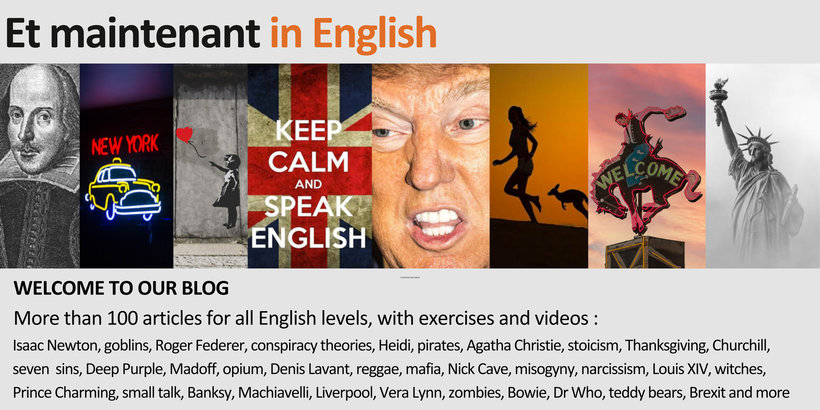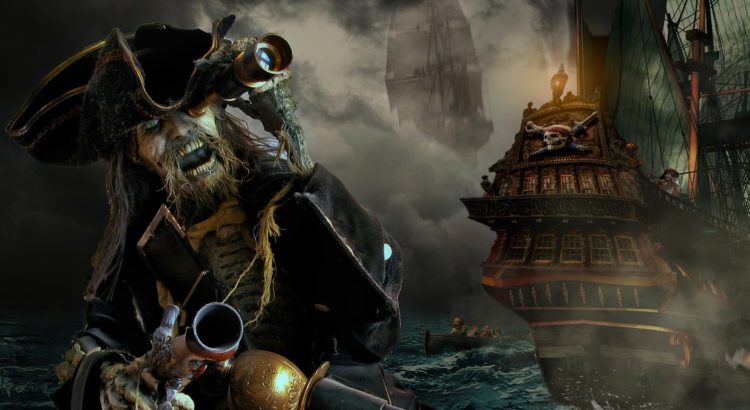Level C1 and above: the history of pirates
PIRACY is one of our most enduring activities.
First came the boat and piracy quickly followed. It spread across the seven seas and into airspace (aircraft hijacking) and cyberspace where even you, dear reader, have probably indulged in a little piracy.
Pirate was one of the first professions we learnt off the alphabet chart on our bedroom wall. A was for Apple (not accountant), B was for Ball (certainly not banker), but P was for Pirate, the profession of parrots, penguins and pearls. And why not? No set bath times or no baths at all, non-stop adventure on the high seas, rubies and emeralds, cutlasses and daggers, eye patches and gold earrings, skull and bones, a bevy of mermaids and everyone was my hearties, and booty, was loot or plunder, not a part of the female anatomy be jiggled and shaken.
Johnny Depp as the swashbuckling dandy, Captain Sparrow, partly-modelled on the Rolling Stones’ Keith Richards (“if you’re going to kick authority in the teeth, you might as well use two feet”) made these old salty sea-dogs even more likeable.
Where there is a sea there are pirates – Greek Proverb
Apart from filling Hollywood treasure chests with gold pieces, the Pirates of the Caribbean franchise did for piracy and pirates what Jurassic Park did for dinosaurs and fossils. Skull and cross bones T-shirts and plastic cutlasses clutter children’s wardrobes around the world.
History, however, paints a darker story.
The Captain Sparrows of the 18th century created a massive global financial crisis. Between 1718 and 1722, they captured and plundered more than 2,500 vessels on Atlantic trade routes. The most successful pirate of this time, Welshman Bartholomew Roberts, known as Black Bart, captured and plundered more than 450 vessels.
He was killed by the British Royal Navy off the coast of Gabon in West Central Africa in 1722. His crew members were said to be too drunk to defend the ship. A total of 52 members of his crew were then hanged in the largest pirate trial ever held.
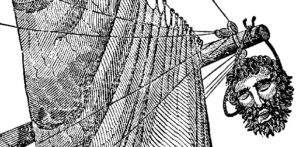
Blackbeard’s head
Blackbeard was probably the best known pirate. His huge beard “came up to his eyes,” and while in action, he carried “three brace of pistols, hanging in holsters like Bandoliers; and stuck lighted matches and firecrackers under his hat,” in order to cloud himself in a haze of smoke, according to a 1724 account. His theatrical branding was successful and many ships and their crews surrendered, trembling in fear, without firing a cannon.
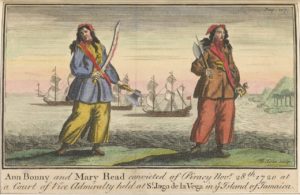
Anne Bonny and Mary Read
There were several notable women pirates. Ching Shih became known as the Pirate Queen when she established a confederation of pirates. At the height of her power, Shih, controlled a fleet of 400 junks (Chinese sailing ships) crewed by about 40,000 pirates. They targeted British (East Indian Company), Portuguese as well as Chinese vessels.
Anne Bonny and Mary Read disguised themselves as men on and off during their piracy careers. They were both illegitimate children and for several years joined forces as co-captains. Unlike their crew, they escaped the hangman because they were both pregnant.
Let’s jump on board, and cut them to pieces – Blackbeard
According to leading American public figure of the day, Cotton Mather, “all Nations agree to treat [pirates] as the Common Enemies of Mankind, and to extirpate (destroy completely) them out of the world”.
Today, there is a similar anti-pirate rant, or at least from some corporations. Film and music piracy allegedly costs the U.S. economy between $200 and $250 billion per year (including, of course, illegal downloads of Pirates of Caribbean and Captain Phillips and other films) and is responsible for the loss of thousands of American jobs.
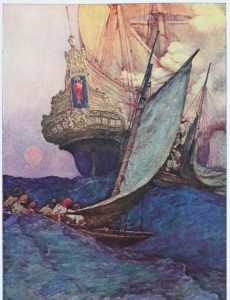
In the late 17th century there existed a pirate and adventurer that had more feathers in his cap than 100 Captain Sparrows.
William Dampier (below) was an Englishman, adventurer, cartographer, best-selling writer, explorer, linguist, naturalist and pirate. Where to start with this remarkable and curious man?
Dampier wrote his first and best-selling travel book, A Voyage Round the World, in 1697. His books inspired what is widely acknowledged as the first novel, Robinson Crusoe written by Daniel Defoe 20 years later. Jonathan Swift used Dampier’s writing to construct Gulliver’s Travels in which Gulliver refers affectionately to his Cousin Dampier.
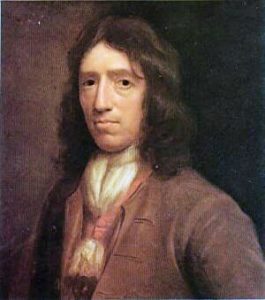
Almost 150 years after Dampier’s death, Charles Darwin boarded The Beagle with a chest full of Dampier’s books which included detailed descriptions of the Galapagos Islands.
Dampier was the first person to circumnavigate the world three times and documented the winds and currents of the world’s oceans and the exotic animals and peoples he encountered. He was the first Englishman to discover New Holland (Australia). He did this 80 years before Captain James Cook who most Australians are told “discovered” their country. Cook set sail using Dampier’s brilliant charts.
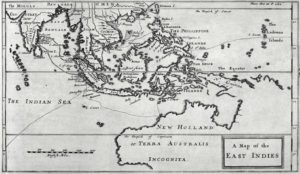
Damper’s map of East Indies 1697
His writing was equally fascinating. In one breath Dampier describes a flock of flamingos:
“like a brick wall, their feathers being the colour of new red brick;”
and in the next breath, the delicacy of eating flamingo tongue:
“there is a large knob of fat at the root which is an excellent bit, a dish of flamingos’ tongues being fit for a prince’s table.”
He wrote the first account in English about the effects of a medicinal herb called ganga or bang, today known as marijuana, which “could stupefy the brains of any person that drinks thereof.” He notes its effects varied according to the constitution of the person. It made “some people sleepy, some cheerful, putting them into a laughing fit, but others are made mad.”
Dampier introduced more than 1000 words into the English language including chopsticks, barbecue, breadfruit, cashew, avocado, sub-species, sea lion and sea breeze. He is cited more than 80 times in the Oxford English Dictionary.
Dampier’s achievements received little recognition. In the eyes of establishment, he was a man stained for life; a pirate-ruffian that should have been hung.
But in the eyes of navigators and explorers, scientists, naturalists and writers; Dampier was a man of exquisite mind.
Recommended reading:
A Pirate of Exquisite Mind (The Life of William Dampier) Explorer, Naturalist and Buccaneer written by Diana and Michael Preston.
Famous pirate quotes:
“Merchant and pirate were for a long period, one and the same person. Even today mercantile morality is really nothing but a refinement of piratical morality” – Friedrich Nietzsche
“It’s more fun to be a pirate than to join the navy” – Steve Jobs during Apple’s early days

